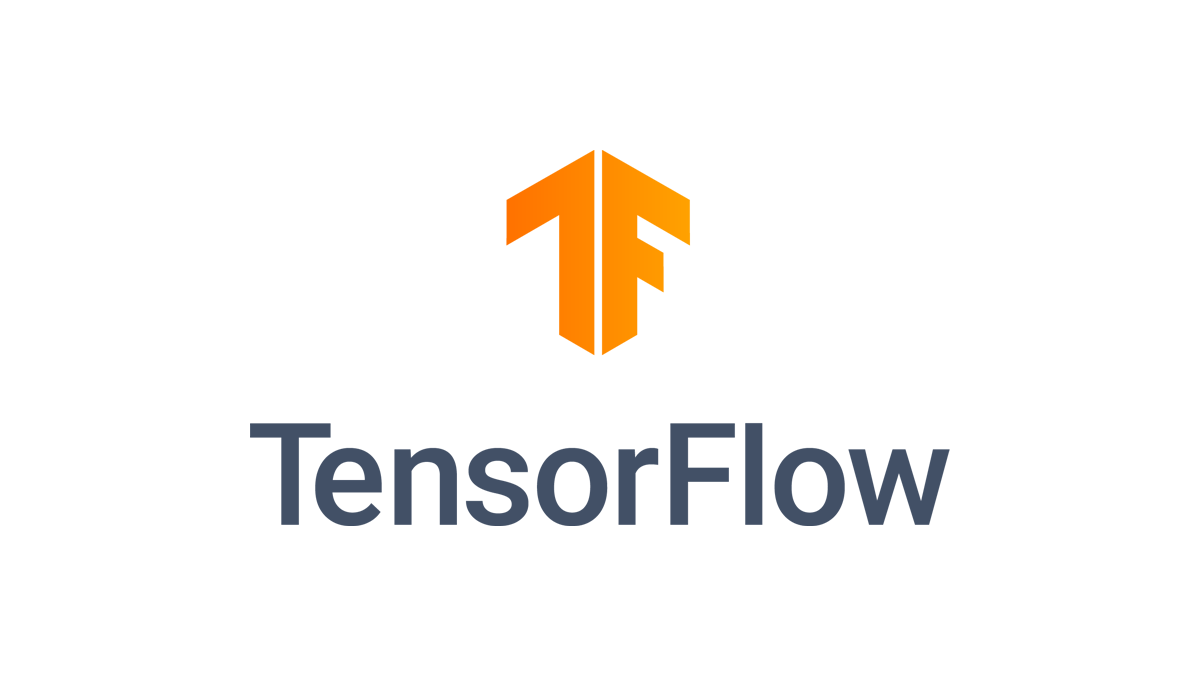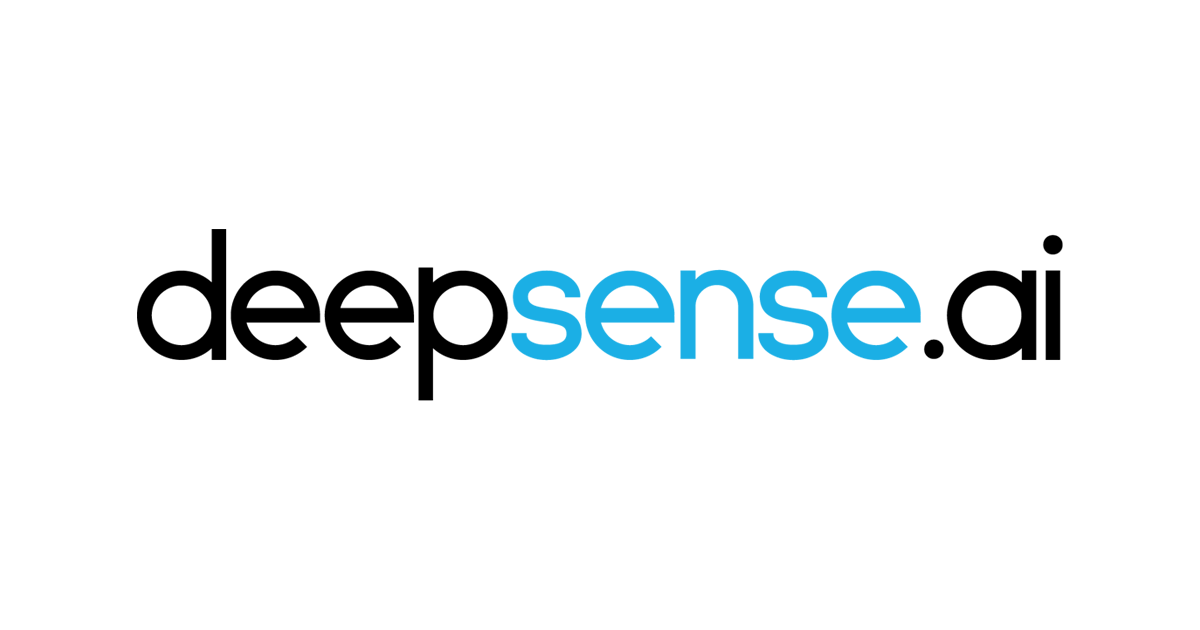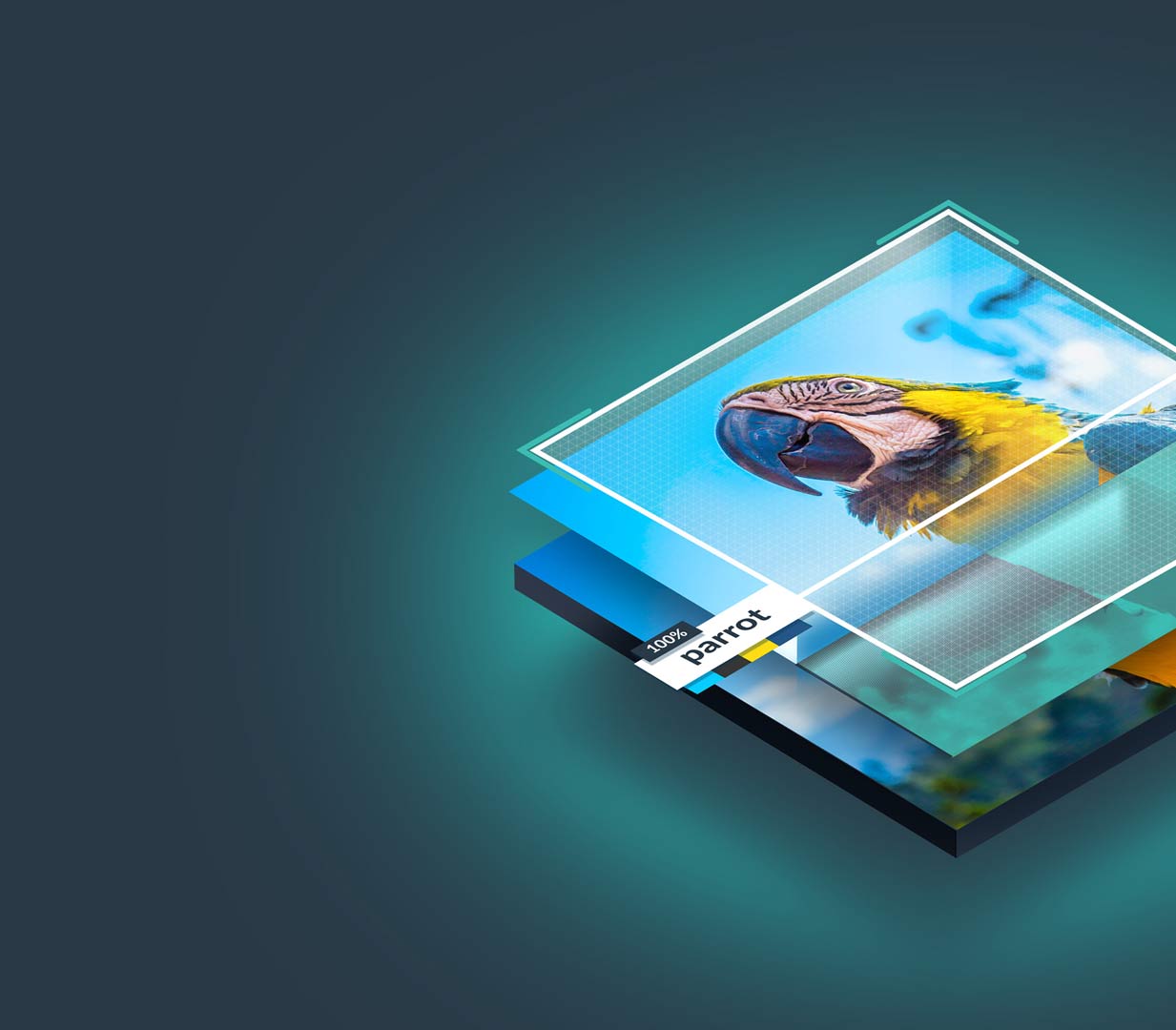Introduction
Image recognition and computer vision are transforming industries by automating visual tasks that were previously impossible or impractical for humans to perform alone. An increasing number of software solutions now offer sophisticated AI-powered capabilities for tasks like product inspection, defect detection, facial recognition and more. With so many options on the market, choosing the right image recognition tool can be challenging. This guide evaluates and compares 11 leading platforms based on technology, pricing, support and other criteria to help you select the best fit for your needs.
Methods of Evaluation
To evaluate and rank the image recognition software, we considered several conventional factors like features, pricing, support and ease of use. Beyond this, we also analyzed metrics like number of backlinks, average monthly traffic and keyword trends to gauge real-world usage and demand. Platforms that demonstrated leadership across these quantitative metrics in addition to qualitative assessments received higher positions in our rankings.
1. IBM Watson Visual Recognition
IBM Watson Visual Recognition is an AI-powered image recognition software developed by IBM. Utilizing deep learning and neural network techniques, Watson Visual Recognition can recognize objects, scenes, activities and more within images and videos with a high degree of accuracy. As a leading provider of AI and cloud computing technologies, IBM brings extensive expertise in developing powerful AI solutions for computer vision tasks.
Pros: Some key advantages of IBM Watson Visual Recognition include:
– Established player from IBM in AI fields
– Custom object detection capabilities – users can train models to detect custom classes of objects
– Flexible pricing models for different needs from free to expensive enterprise plans
Cons: A potential disadvantage is that as a more full-featured product, Watson Visual Recognition may be overkill for simpler image recognition needs and have a higher price compared to other options.
Pricing: IBM Watson Visual Recognition has various pricing plans depending on requirements. Basic and standard plans with monthly usage limits start from free to a few hundred dollars per month. More advanced enterprise plans with additional capabilities are also available with customized pricing.
Some key stats about IBM Watson Visual Recognition include:
– Over 1 million images in the dataset for training models
– Can detect over 3000 different classes of objects, scenes and actions
– Accuracy rates of over 90% for common objects
– Integrates with various Watson APIs for additional cognitive capabilities
2. Detectron2
Detectron2 is Facebook’s state-of-the-art object detection research platform. It was developed by Facebook AI and contains the latest convolutional model architectures from MMDetection and FAIR modules. Detectron2 is a production-grade framework, incorporating features such as optimizers, schedulers and more for deployment-ready models.
Pros: Some key advantages of Detectron2 include:
– Open source and free to use for any application.
– Research-quality object detection powered by proprietary Facebook techniques.
– Built for production with optimization for both accuracy and performance.
– Large ecosystem of supported models and workflows.
– Active community and developer support.
Cons: One potential disadvantage of Detectron2 is that as a research platform, it does require some technical expertise to configure models, pipelines and train custom datasets. The learning curve may be higher compared to some simple to use SaaS offerings.
Pricing: Detectron2 is completely free and open source. There are no licensing fees or costs to use it for any commercial or non-commercial application.
Some key stats and capabilities of Detectron2 include:
– State-of-the-art accuracies on common object detection datasets such as COCO.
– Scales to large datasets with high performance.
– Provides pre-trained models out-of-the-box for usage with common datasets.
– Powerful and flexible configuration system for building complex vision pipelines.
– Actively maintained by Facebook AI with frequent releases.
Full featured documentation deployment platformreadthedocs.io
3. NVIDIA AI Assistant
NVIDIA AI Assistant is an AI software solution from NVIDIA that provides a comprehensive set of tools for building and deploying computer vision and natural language models. As the world leader in AI computing, NVIDIA is at the forefront of developing new techniques in deep learning and neural networks.
Pros: Key advantages of NVIDIA AI Assistant include:
– Pre-trained models optimized for NVIDIA hardware
– Transfer learning capabilities for custom needs
– Support for computer vision and natural language applications in one solution
Cons: One potential disadvantage is that NVIDIA AI Assistant requires powerful NVIDIA GPU hardware to achieve the best performance compared to CPU-only solutions.
Pricing: Pricing for NVIDIA AI Assistant varies depending on the exact configuration and needs. Contact NVIDIA sales for a customized quote.
Some key stats about NVIDIA AI Assistant include:
– Optimized to run on NVIDIA GPUs and servers for maximum performance
– Comes pre-trained on large datasets for applications like image recognition and text analysis
– Supports transfer learning so models can be customized for specific needs
4. TensorFlow.js
TensorFlow.js is an open-source JavaScript library for machine learning. It allows developers to build and deploy machine learning models directly in the browser or in Node.js.
Pros: Some key advantages of TensorFlow.js include: 1) Build and deploy machine learning models in JavaScript directly in websites, mobile and IoT apps powered via pre-trained models. 2) It has great documentation and a large community for customized deployments across different platforms and devices.
Cons: One potential disadvantage is that TensorFlow.js is best suited for simple models and pre-trained models rather than building very large or complex models from scratch directly in JavaScript due to JavaScript’s performance limitations compared to lower-level languages like Python/C++.
Pricing: TensorFlow.js is free and open source. While it does not have explicit pricing, deploying and hosting models at scale may require paid cloud services from providers like Google Cloud, AWS, Azure etc.
Some key stats about TensorFlow.js include: It is used by over 50,000 developers and has over 200,000 weekly downloads on NPM. Models can be built in Python/C++ and deployed via TensorFlow.js across web, mobile and IoT apps.
5. Darktrace Computer Vision
Darktrace Computer Vision leverages self-learning AI to provide computer vision and video monitoring capabilities. Their technology is able to analyze video feeds from security cameras and proactively detect anomalies and threats. The AI is constantly learning what normal behavior looks like across cameras to detect any abnormalities.
Pros: Key advantages of Darktrace Computer Vision include: - Enterprise-grade computer vision and video monitoring for infrastructure security - Anomaly detection capabilities that work across both indoor and outdoor security camera feeds - The self-learning AI helps reduce false positives and improves over time - Seamless integration with other cyber security tools for enhanced monitoring
Cons: A potential disadvantage is that like other AI-based systems, the accuracy of Darktrace Computer Vision’s anomaly detection capabilities depends on having a sufficiently large and diverse data set to train the underlying models.
Pricing: Darktrace Computer Vision pricing is dependent on the number of cameras monitored. For smaller deployments of under 100 cameras, costs start at around $5 per camera per month. Larger enterprise customers with over 1000 cameras qualify for additional volume discounts.
Some key stats about Darktrace Computer Vision include: - Monitors over 50,000 cameras worldwide - Has detected over 10,000 security incidents using computer vision - Anomaly detection occurs within seconds of new threats emerging - Integrates with over 80 security tools including SIEM, SOAR and IT helpdesk solutions
6. PyImageSearch
PyImageSearch is an image and video analysis website created by Adrian Rosebrock. The site focuses on teaching programmers how to perform common computer vision tasks using Python libraries like OpenCV, dlib, and TensorFlow. Through detailed tutorials and accompanying code examples, PyImageSearch helps developers learn and apply techniques like facial recognition, optical character recognition, object detection and more.
Pros: Some key advantages of using PyImageSearch include:
– Detailed tutorials that break down complex algorithms into easy-to-understand steps
– Source code examples are well documented and tested
– Great learning resource for those new to computer vision and deep learning concepts
– Covers multiple Python frameworks so readers aren’t locked into one tool
– Large knowledge base that can be referred back to for solving future problems
Cons: The main potential disadvantage is that PyImageSearch focuses exclusively on Python. Developers more comfortable with other languages like C++ may find it does not directly support their preferred tools.
Pricing: PyImageSearch is freely available with all tutorials and source code accessible without cost. There are no premium or paid tiers available. The site monetizes through advertisements and affiliate links when recommending other paid services or books.
Some key stats about PyImageSearch include:
– Over 450 tutorials published covering a wide range of computer vision and deep learning topics
– Over 3 million annual visitors from around the world
– Tutorials focus on Python libraries like OpenCV, dlib and TensorFlow
– Accompanying source code is provided for readers to experiment with concepts learned
7. Streamlit
Streamlit is an open-source app framework for Machine Learning and data science teams to build and share data apps. It allows coders to build beautiful and interactive web apps in just minutes using a simple and intuitive syntax.
Pros: Some of the main advantages of Streamlit include:
– Easy to build and deploy machine learning and data apps quickly without having to learn frontend technologies like JavaScript
– Supports interactive prototypes great for computer vision and model explorations
– Intuitive syntax makes it easy for rapid experimentation and model exploration
Cons: One potential disadvantage is that as an open-source project, it lacks some enterprise features like access control and authentication found in paid options.
Pricing: Streamlit is open-source and free to use. There is a paid Cloud option for $99/month that offers additional features like team collaboration, continuous integration/deployment, and enterprise support.
Some key stats about Streamlit include:
– Used by over 100,000 data scientists and ML engineers worldwide
– Supports Python, R, Scala, Julia and other languages
– Extensive library of built-in widgets for interactive data exploration
– Can deploy apps to the cloud with a single command
8. Clarifai
Clarifai is an AI software company that provides computer vision and deep learning tools. Founded in 2013, Clarifai’s platform allows customers to build applications using state-of-the-art computer vision and general artificial intelligence models. The company is based in New York City.
Pros: Some key advantages of Clarifai’s image recognition software include:
– Very accurate image recognition capabilities for a wide range of visual concepts.
– Includes developer tools and APIs to integrate computer vision into applications.
– Ability to customize and retrain models for specific domains and use cases.
– Large database of analyzed images to train deep learning models.
Cons: One potential disadvantage is that Clarifai’s free tier has limited usage, and advanced features require paid subscriptions starting at $99/month.
Pricing: Clarifai offers both free and paid tiers of usage. The free tier allows for limited API calls and model usage. Paid plans start at $99/month for the Standard plan and scale up based on usage.
Some key stats about Clarifai’s image recognition capabilities include:
– Ability to recognize over 5000 visual concepts in images including objects, scenes, activities and more.
– Very high accuracy rates, often above 95% for common objects and scenes.
– Over 1 billion images analyzed on the platform to date.
9. Deepsense AI
Deepsense AI is an artificial intelligence development company based in Poland that develops computer vision and deep learning solutions. Founded in 2014, they have since grown to over 120 AI experts developing custom AI solutions for a wide range of industries. Their computer vision models are commonly used for industrial inspection and quality control to monitor production lines and ensure product quality.
Pros: Some key advantages of working with Deepsense AI include:
– Computer vision models for industrial inspection and quality control applications
– Ability to build fully customizable deep learning solutions tailored to specific business needs
– Expert advisory services to help apply AI responsibly and maximize its benefits
Cons: One potential disadvantage is that as a specialized AI development company, their solutions may be more expensive than generic off-the-shelf products with less customization.
Pricing: Pricing for Deepsense AI’s solutions is dependent on the scope and complexity of each individual project. Their advisory and consulting services are generally charged on a daily rate basis. For full custom AI product development, pricing is available upon request after an initial needs analysis and solution scoping.
Some key stats about Deepsense AI include:
– Over 200 AI projects delivered to date across various industries
– Team of over 120 AI experts providing development and advisory services
– Customizable deep learning solutions built and deployed on Kubernetes
10. Imagga
Imagga is an image recognition software that provides computer vision APIs and solutions. Founded in 2013, Imagga is based in Lithuania and Singapore. It aims to make visual data accessible and useful with its image recognition capabilities.
Pros: Some key advantages of Imagga include:
– Advanced capabilities like visual search that can recognize concepts and objects in images
– APIs for content generation and moderation like object detection, semantic segmentation etc
– Pay-as-you-go pricing model that makes it affordable for applications with lower budgets
Cons: The main disadvantage is that it has fewer pre-trained models compared to competitors like CloudVision. Customers may need to do additional training for specialized domains.
Pricing: Imagga offers flexible pay-as-you-go pricing plans starting from $0.0001 per image analyzed. It also provides enterprise pricing for high volume usage.
Some key stats about Imagga:
– Processes over 10 billion images annually
– Has tagged over 500 million images with metadata
– Provides image recognition APIs for 15+ languages
– Customers include Forbes, The Guardian, McDonald’s
11. Indico Computer Vision
Indico Computer Vision is an AI platform developed by Indico Data focused on building trustworthy computer vision models. Their flagship computer vision API allows users to extract insights from images and videos through pre-trained and customizable models.
Pros: Key advantages of Indico Computer Vision include:
– Focus on building trustworthy AI for critical domains like healthcare through techniques like model documentation and explainability
– Ability to customize pre-trained models on their datasets and needs through their no-code interface
– Robust documentation of models to ensure transparency in how they work
Cons: Potential disadvantages include:
– Pricing may be higher than some other options due to their focus on trustworthy and customized solutions
Pricing: Indico Computer Vision offers pricing customized to individual users needs based on image/video volume, model complexity, data hosting and more. Please contact an Indico representative at https://indico.io/?partner=saasfreetrials.com for a custom quote.
Some key stats about Indico Computer Vision include:
– Processes over 1 billion images and videos annually
– Deployed at enterprises across industries like healthcare, education, and automotive
– Models have been trained on customized datasets of millions of images
Conclusion
While all the tools analyzed offer excellent image recognition capabilities, some stand out as particularly robust, full-featured or well-suited for specific use cases. The top picks from our evaluation include IBM Watson Visual Recognition, Detectron2 and NVIDIA AI Assistant for their technology leadership, customizability and large user bases. Hopefully this in-depth comparison provides useful guidance in selecting the image recognition solution that best meets your unique computer vision and AI requirements.













